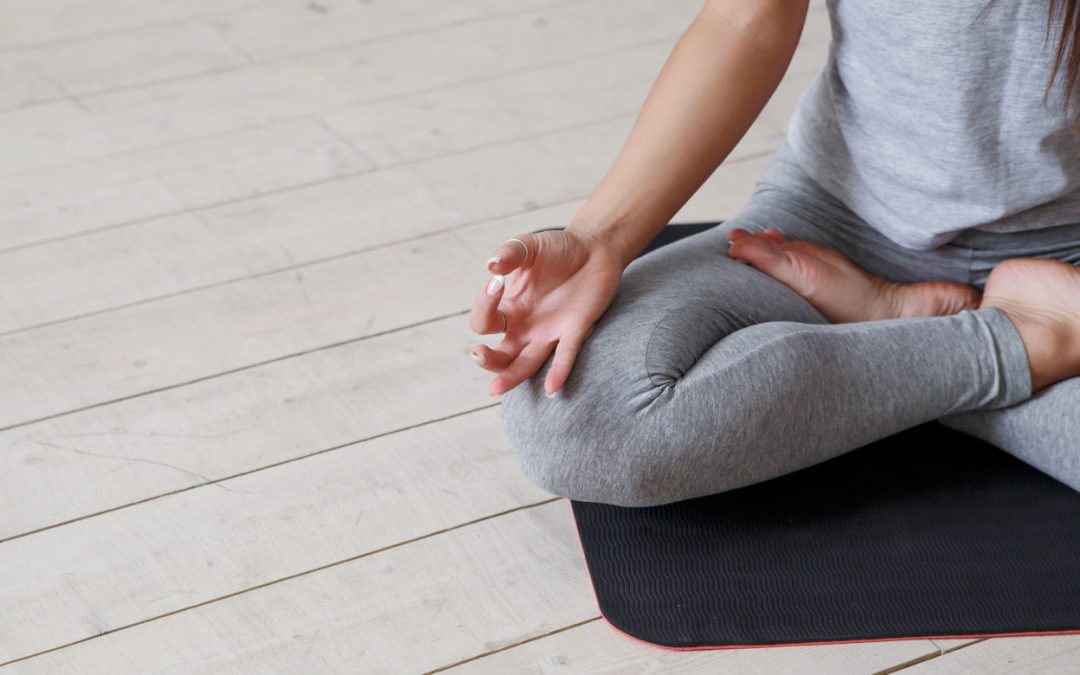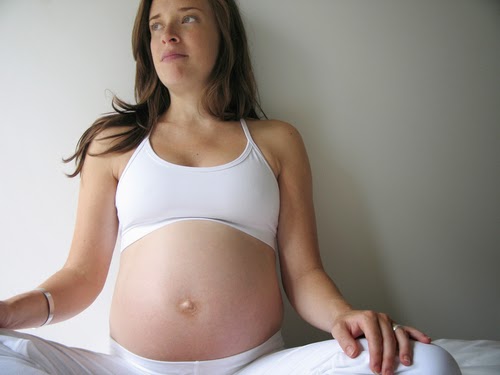1 in 7 couples in the UK are affected by fertility issues. There are many factors to consider in both men and women. To name but a few, these include: endometriosis, tube blockages, fibroids, lack of ovulation, poor quality sperm, etc…
However, 25% of couples tested for fertility problems will be classified as being “unexplained”. This does not mean that you cannot get pregnant. It means that there is no underlying medical reason for it not happening. This, in turn, can be add to even more stress at a difficult times. For this reason, many fertility experts will recommend a mind-body approach to fertility issues.
WHAT IS INFERTILITY?
According to NHS guidelines, infertility is “when a couple cannot get pregnant (conceive), despite having regular unprotected sex”. With one in seven couples having difficulty conceiving, this equates to 3.5 million people in the UK alone. In addition, about 84% of couples will conceive naturally within one year if they have regular unprotected sex (every two to three days). See NHS website for full statistics.
It is best to get a check up with a GP in order to rule out any underlying medical conditions that might be preventing a pregnancy. From this starting point, you will be able to consider the path and options open to you. Some things to consider are:
- Age
- Weight (BMI)
- Lifestyle (drinking, smoking, nutrition)
- Stress
If you are looking to make changes and choose the natural pregnancy route, you should take some of these factors into consideration. Couples who take the medical intervention path will also be advised to look at these factors.
YOGA AND FERTILITY
There are not many research papers on the effect that yoga can have on fertility. Nevertheless, there has been a lot of research on the effects of yoga/ meditation on stress. For some women, chronic stress can affect ovulation by altering signals to the brain. Overly anxious women may ovulate less regularly. The body can go into “fight or flight” mode and, as a result, may use the energy needed to conceive ineffectively. Stress has also been shown to lower sperm count in men. Yoga has been clinically shown to reduce levels of the stress hormone cortisol.
A 2003 study published in the journal Fertility and Sterility found that yoga and meditation are helpful adjuncts to fertility treatments. “When a woman learns to attain physical relaxation, she feels better about her body and begins to treat it with more respect, resulting in healthier lifestyle choices”. Although this was not a scientific study, the study – conducted by a yoga teacher – was deemed worthy of adding to the study list.
Many fertility experts now recommend yoga to their patients who are having difficulty trying to conceive. One leading expert, Zita West, says:
“Any exercise that involves mindfulness, breathing techniques and meditative visualisation has many physical, emotional and mental benefits. Yoga is a calming antidote to any woman consumed by an overwhelming desire for a baby. The resulting stress of which becomes an impediment to conception itself”.
FERTILITY YOGA CLASSES
Gentle yoga classes taught by compassionate teachers who may have chosen to specialise in this area are really beneficial. Classes that emphasise breath, relaxation, positive mantras and visualisation are what can help women who are struggling to accept the situation they are in. Poses (asana) that encourage blood flow to the hips, abdomen and heart area should be included in these classes.
Teachers who have specifically studied fertility yoga will be able to offer slightly different sequences for different times of the month. They can also include women who are in the two week implantation phase of IVF (a very stressful time indeed for women). Whether you have specific training or not, I think it is worth considering if there is enough Yin in a class to balance a yang practice/ lifestyle that goes with fertility issues.
Fertility specialist Kamal Ojha MD FRCOG of Concept Fertility encourages his patients to attend our fertility classes. He feels the benefits of alleviating stress and encouraging poses that increase blood flow to the uterus can really help the success rate of the fertility treatment he offers.
ADAPTING TO CIRCUMSTANCES
Of course, some women who already have a strong yoga practice may have to look their practice. They may have to let go of some poses that they love. Likewise, they may consider adapting it to incorporate some of the aspects mentioned above.
Philippa Asher, an Ashtanga Yoga teacher, wrote an incredibility honest and moving account of her journey and experience with infertility. In the wonderful book ‘Yoga Sadhana for Mothers’, she details how the length and intensity of her practice caused her to stop menstruating. This resulted in the reduction of the hormones needed for conception. She also describes how she had to find another way to “create a welcoming environment for a pregnancy, rather than pushing her body to its physical limit”. She also had to “give herself permission to be a bit more relaxed with her asana practice”.
Philippa also described being honest with her teacher about this. If you are struggling to get pregnant, your yoga teacher may be able to advise and encourage you to practice in a different way. I have heard my own teacher, Nancy Gilgoff, advise students who are trying to conceive to practise as if they were pregnant. Essentially, to practise in a softer way. I believe that we should encourage women to honour their cycles and their bodies. It is often in the surrender and letting go that that the “Shakti” can be found.
FERTILITY YOGA AT YOGA MAMA
At Yoga Mama, we run Fertility Yoga CPD workshops for yoga teachers and health professionals. We also offer 1:1 fertility yoga sessions for women and couples at our studio in Putney and online.
Further recommended reading and websites:
- Fertility Yoga: A Natural Approach to Conception (Kerstin Leppert)
- Yoga and Fertility: A Journey to Health and Healing (Jill Mahrlig & Lynn Jensen)
- Yoni Shakti (Uma Dinsmore Tuli)
- nhs.uk



















